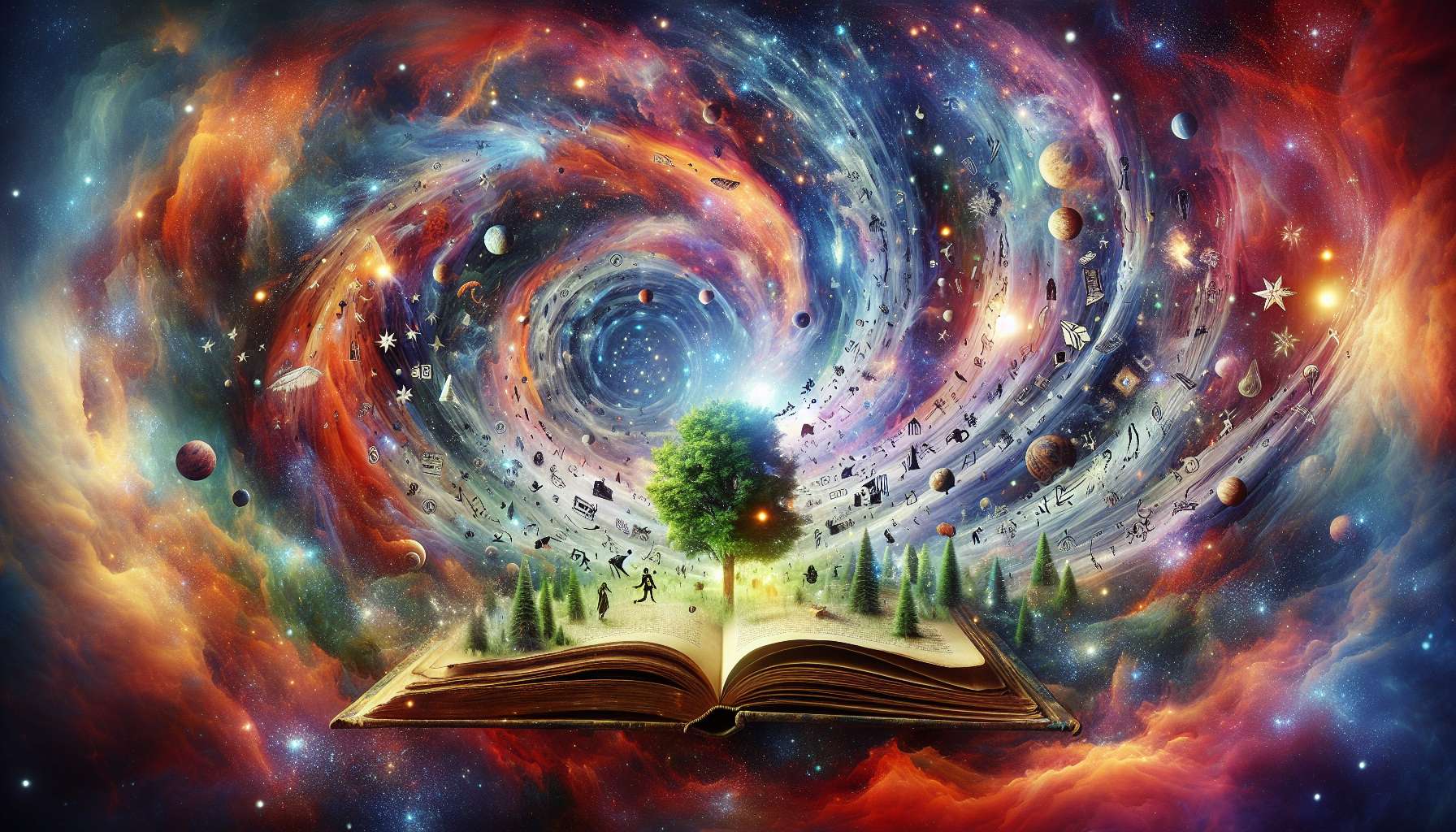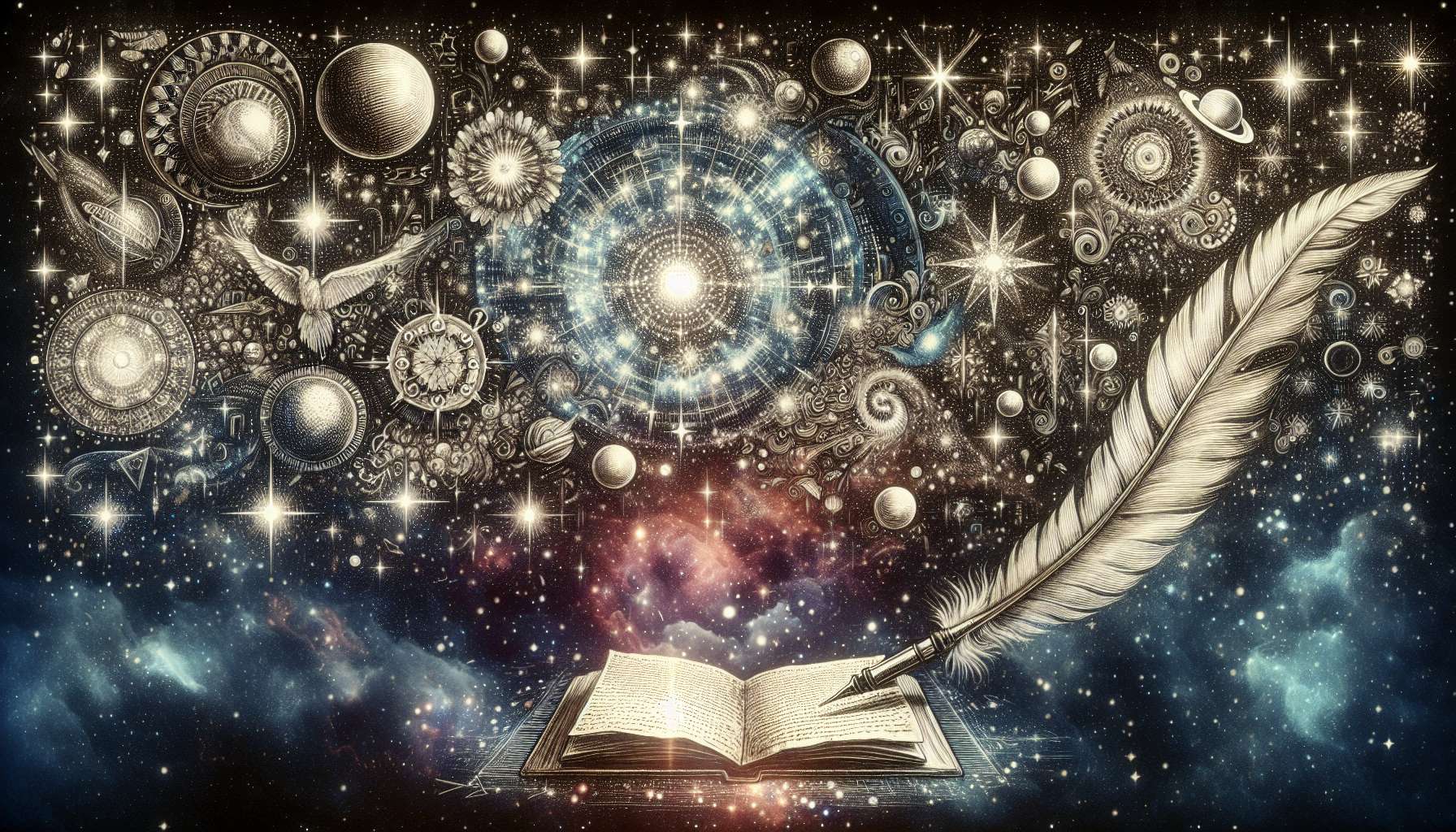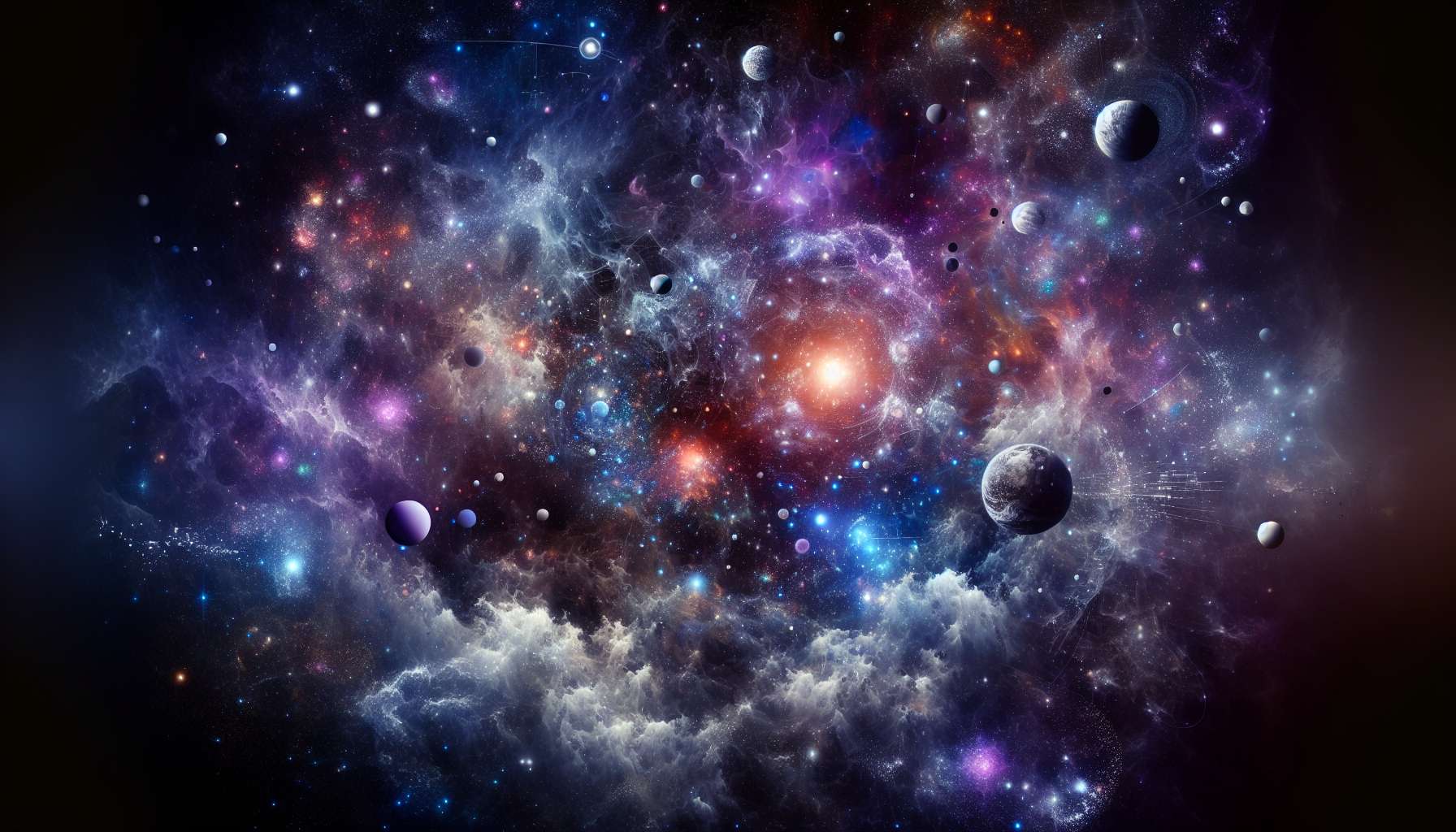Stellar Storytelling Through Art: Unveiling the Power of Visual Narratives
Art has always been a powerful medium for storytelling, capturing the essence of human experiences, emotions, and ideas in a visually engaging manner. From ancient cave paintings to modern-day digital art, artists have been able to convey complex narratives through their creations, leaving a lasting impact on viewers. In this article, we will delve deep into the realm of ‘Stellar storytelling through art‘, exploring the various dimensions, techniques, and implications of visual storytelling. Join us on this enlightening journey as we uncover the transformative power of art in communicating stories that resonate with audiences across cultures and generations.
The Historical Evolution of Visual Storytelling
Visual storytelling has a rich history that dates back to the earliest forms of human expression. Cave paintings found in various parts of the world, such as the Lascaux caves in France, depict scenes of hunting, rituals, and daily life, offering a glimpse into the storytelling traditions of our ancestors. In ancient civilizations like Egypt, Greece, and Rome, art was used to depict mythological tales, historical events, and religious beliefs, serving as a visual record of collective knowledge and cultural heritage.
During the Renaissance period, artists like Leonardo da Vinci, Michelangelo, and Raphael elevated the art of storytelling through their masterful paintings, sculptures, and frescoes. The works of these iconic artists not only showcased technical virtuosity but also conveyed profound narratives inspired by biblical stories, classical mythology, and humanist ideals. The invention of the printing press in the 15th century further revolutionized visual storytelling, enabling mass production of illustrated books, newspapers, and posters that reached a wider audience.
Fast forward to the modern era, and we witness a flourishing of diverse art forms that embrace innovative technologies and contemporary themes. From traditional paintings and sculptures to digital art, street art, and performance art, artists continue to push the boundaries of visual storytelling, reflecting the complexities of our rapidly changing world.
The Elements of Compelling Visual Narratives
What makes a visual story truly compelling? At the heart of every successful visual narrative lies a combination of key elements that work together to captivate the viewer’s imagination and evoke emotional responses. These elements include:
1. Composition
The arrangement of visual elements such as line, shape, color, texture, and space plays a crucial role in creating a cohesive and harmonious artwork. A well-designed composition leads the viewer’s eye through the narrative, guiding them towards the focal point and conveying the intended message effectively.

2. Symbolism
Symbols are powerful tools for conveying abstract concepts, emotions, and ideas in a visual language. Artists use symbols such as animals, objects, colors, and gestures to add layers of meaning to their work, inviting viewers to interpret and engage with the narrative on a deeper level.
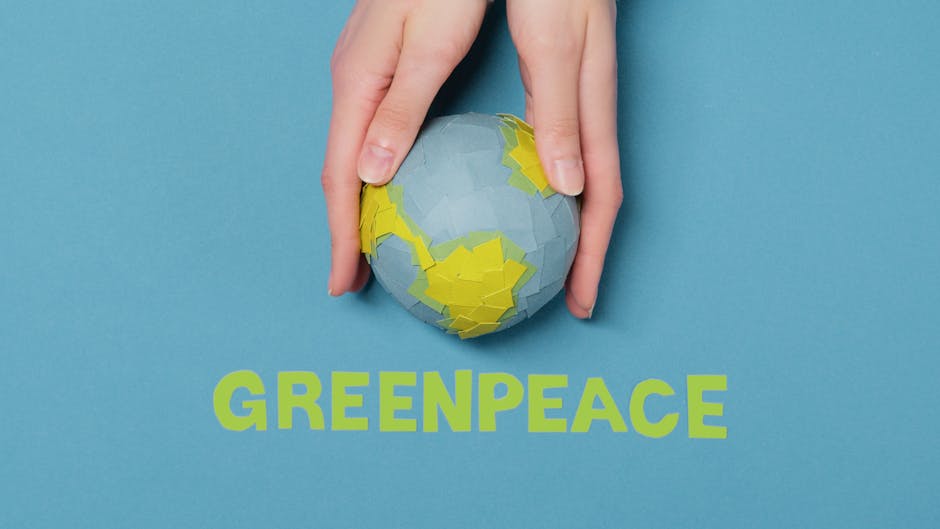
3. Narrative Arc
Just like in literature, visual narratives often follow a structured arc that includes exposition, rising action, climax, falling action, and resolution. By carefully pacing the development of the story, artists can create suspense, drama, and emotional impact that resonate with the audience.
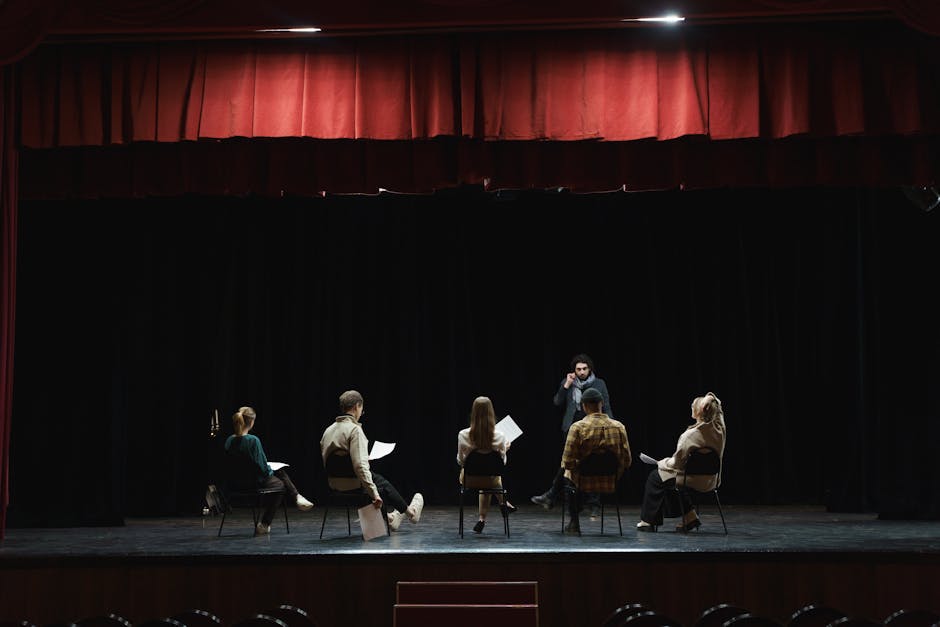
4. Emotive Expression
The emotional depth and authenticity of characters portrayed in art can evoke empathy, compassion, and connection with the viewer. Through facial expressions, body language, and gestures, artists convey a wide range of emotions that bring the narrative to life and make it relatable to the human experience.

The Role of Art in Social Commentary and Activism
Art has always been a powerful tool for social commentary, activism, and advocacy, shining a light on pressing issues, injustices, and inequalities in society. Throughout history, artists have used their creative platforms to challenge the status quo, raise awareness about social causes, and promote positive change.
For example, the Mexican muralist Diego Rivera depicted the struggles of the working class and the indigenous population in his monumental frescoes, highlighting the impact of colonialism and capitalism on marginalized communities. In the 20th century, artists like Keith Haring and Barbara Kruger used their art to address issues of AIDS, LGBTQ rights, feminism, and consumerism, sparking important conversations and inspiring social movements.
In the digital age, social media platforms have become powerful tools for artists to reach global audiences and amplify their messages of activism and resistance. Street artists like Banksy have gained international fame for their subversive murals and politically charged artworks that challenge authority, question norms, and provoke thought among viewers.
Art has the unique ability to transcend language barriers, cultural differences, and political divides, making it a universal language of resistance and resilience. By harnessing the power of visual storytelling, artists continue to be at the forefront of social change, using their creativity to ignite conversations, mobilize communities, and envision a more just and equitable world.
The Future of Visual Storytelling: Technology and Innovation
As we navigate the digital age and embrace new technologies, the landscape of visual storytelling is undergoing a profound transformation. Virtual reality (VR), augmented reality (AR), interactive media, and artificial intelligence (AI) are reshaping the way we create, consume, and interact with art, opening up exciting possibilities for immersive storytelling experiences.
VR and AR technologies allow artists to create interactive worlds, 3D environments, and immersive narratives that blur the line between the physical and digital realms. Viewers can now step inside a painting, explore a sculpture from all angles, or participate in a multimedia performance, engaging with art in unprecedented ways that stimulate their senses and imagination.
AI algorithms and machine learning tools are also being used to analyze art trends, predict consumer preferences, and generate new creative content. Artists can leverage AI-driven platforms to experiment with style, composition, and theme, expanding their creative horizons and pushing the boundaries of traditional art forms.
With the rise of social media, online galleries, and digital art marketplaces, artists have greater opportunities to showcase their work, connect with global audiences, and collaborate with fellow creatives across borders. The democratization of art production and distribution has enabled emerging artists to find their voice, build a following, and establish a sustainable career in the competitive art world.
Expert Opinions: Insights from Leading Artists and Curators
To gain a deeper understanding of the power of visual storytelling through art, we spoke to renowned artists and curators who shared their insights and perspectives on the evolving role of art in society.
1. Interview with Yayoi Kusama
Yayoi Kusama, a Japanese contemporary artist known for her immersive installations and polka-dot motifs, emphasized the importance of art as a form of self-expression and healing. “Art has the power to transcend pain, suffering, and loneliness, connecting us to a higher state of consciousness and unity with the universe,” she said.
2. Conversation with Shepard Fairey
Shepard Fairey, an American street artist and graphic designer famous for his “Obey” and “Hope” posters, highlighted the role of art in activism and social change. “Art has the power to disrupt, challenge, and inspire people to question the status quo and imagine a better future for all,” he remarked.
Common Misconceptions About Visual Storytelling
Despite its widespread popularity and impact, visual storytelling through art is often misunderstood or underestimated in its significance. Here are some common misconceptions about visual storytelling:
1. Art is Just for Aesthetics
While art certainly has aesthetic value, its true power lies in its ability to communicate ideas, emotions, and stories that resonate with viewers on a deeper level. Art is a form of expression, reflection, and dialogue that goes beyond mere decoration or ornamentation.
2. Only Professional Artists Can Tell Stories Through Art
Everyone has the ability to create and appreciate art, regardless of their level of skill or experience. Visual storytelling is not limited to professional artists but can be practiced by anyone who is willing to explore their creativity, imagination, and personal narrative.
Conclusion: Embracing the Art of Visual Storytelling
Stellar storytelling through art is a timeless and universal practice that continues to inspire, educate, and empower individuals across the globe. From ancient cave paintings to cutting-edge digital installations, art has the unparalleled ability to transcend boundaries, ignite passions, and shape our understanding of the world.
As we embark on this journey of discovery and creativity, let us remember the transformative power of visual storytelling in fostering empathy, connection, and reflection. By embracing the art of storytelling through art, we not only enrich our lives but also contribute to a more compassionate, inclusive, and harmonious society.
Long story short, art has the power to change the worldone visual narrative at a time.

